Q3:
AS & A Level Chemistry - 9701 Paper 2 2016 Winter Zone 1

More Questions from this Topic
Theory
CH10 - GROUP 2
(a) Disodium phosphate, $(\text{Na}^+)_{2}(\text{HPO}_4^{2-})$, reacts with an acid to form monosodium phosphate, $\text{Na}^+(\text{H}_2\text{PO}_4^-...
2024
 Winter
Winter
 Winter
Winter
 2
2
Theory
CH10 - GROUP 2
(a) Table 3.1 shows some properties of two Group 14 elements, C and Sn, in their standard states. The table is incomplete.\begin{center} Table 3.1 \en...
2024
 Winter
Winter
 Winter
Winter
 2
2
Theory
CH10 - GROUP 2
(a) (i) Describe the trend in the solubility of the hydroxides of magnesium, calcium and strontium.Explain your answer...................................
2024
 Summer
Summer
 Summer
Summer
 2
2
Theory
CH10 - GROUP 2
(a) Disodium phosphate, $(Na^+)_2(HPO_4^{2-})$, reacts with an acid to form monosodium phosphate, $Na^+(H_2PO_4^-)$.(i) Identify the ions that are a c...
2024
 Winter
Winter
 Winter
Winter
 2
2
Theory
CH10 - GROUP 2
The Group 2 elements Mg to Ba are all silvery-white reactive metals.(a) (i) Draw a labelled diagram to show the bonding and structure of the Group 2 m...
2023
 Spring
Spring
 Spring
Spring
 2
2
Theory
CH10 - GROUP 2
(a) (i) State the variation in solubilities of group 2 hydroxides........................................................................................
2023
 Winter
Winter
 Winter
Winter
 2
2
Theory
CH10 - GROUP 2
NO and NO_2 react at 25 °C to give N_2O_3 as shown in the equation.NO(g) + NO_2(g) \rightleftharpoons N_2O_3(g) \hspace{5mm} \Delta H = -7.2 \, \text...
2023
 Winter
Winter
 Winter
Winter
 3
3
Theory
CH10 - GROUP 2
(a) (i) State the variation in solubilities of group 2 hydroxides. ......................................................................................
2023
 Winter
Winter
 Winter
Winter
 2
2
Theory
CH10 - GROUP 2
(a) Group 2 nitrates decompose when heated. Describe how the thermal stability of Group 2 nitrates changes with increasing proton number. Explain your...
2023
 Summer
Summer
 Summer
Summer
 2
2
Theory
CH10 - GROUP 2
(a) The most common zinc mineral contains zinc(II) sulfide, ZnS.(i) Complete the electrons in boxes diagram in Fig. 1.1 to show the electronic configu...
2023
 Spring
Spring
 Spring
Spring
 3
3
More Questions from year 2016
Theory
CH2 - ATOMIC STRUCTURE
(a) Complete the table to show the composition and identity of some atoms and ions.[Table]name of element | nucleon number | atomic number | number of...
2016
 Summer
Summer
 Summer
Summer
 1
1
Theory
CH4 - STATES OF MATTER
D, E, F, and G are four consecutive elements in the fourth period of the Periodic Table. (The letters are not the actual symbols of the elements.)D is...
2016
 Summer
Summer
 Summer
Summer
 1
1
Theory
CH10 - GROUP 2
The elements in Group 2, and their compounds, show many similarities and trends in their properties.(a) Magnesium, calcium, strontium and barium all r...
2016
 Summer
Summer
 Summer
Summer
 1
1
Theory
CH14 - AN INTRODUCTION TO ORGANIC CHEMISTRY
This question is about molecules with molecular formula $C_4H_8$.(a) Give the structures of a pair of **positional** isomers with the formula $C_4H_8$...
2016
 Summer
Summer
 Summer
Summer
 1
1
Theory
CH22 - ANALYTICAL TECHNIQUES
(a) Complete the diagram to show the mechanism of reaction 1. Include all necessary charges, partial charges, lone pairs and curly arrows.H3C—C—Br...
2016
 Summer
Summer
 Summer
Summer

Theory
CH2 - ATOMIC STRUCTURE
(a) Complete the table to show the composition and identity of some atoms and ions.[Table_1]name of element | nucleon number | atomic number | number ...
2016
 Summer
Summer
 Summer
Summer
 2
2
Theory
CH5 - CHEMICAL ENERGETICS
The elements in Group 17, the halogens, and their compounds, show many similarities and trends in their properties. Some data are given for the elemen...
2016
 Summer
Summer
 Summer
Summer
 3
3
Theory
CH6 - ELECTROCHEMISTRY
Acidified potassium dichromate(VI) can oxidise ethanedioic acid, $H_2C_2O_4$. The relevant half-equations are shown. $$Cr_2O_7^{2-} + 14H^+ + 6e^- \r...
2016
 Summer
Summer
 Summer
Summer
 2
2
Theory
CH22 - ANALYTICAL TECHNIQUES
This question is about molecules with molecular formula $C_4H_8O_2$.(a) Give the structural formulae of the pair of extbf{chain} isomers with the for...
2016
 Summer
Summer
 Summer
Summer
 2
2
Theory
CH17 - HYDROXY COMPOUNDS
A reaction sequence based on propan-1-ol is shown. (a) Reactions 1 and 2 can both be carried out using the same reagents. (i) Identify suitable rea...
2016
 Summer
Summer
 Summer
Summer
 2
2




 Share
Share




 Previous
Previous








